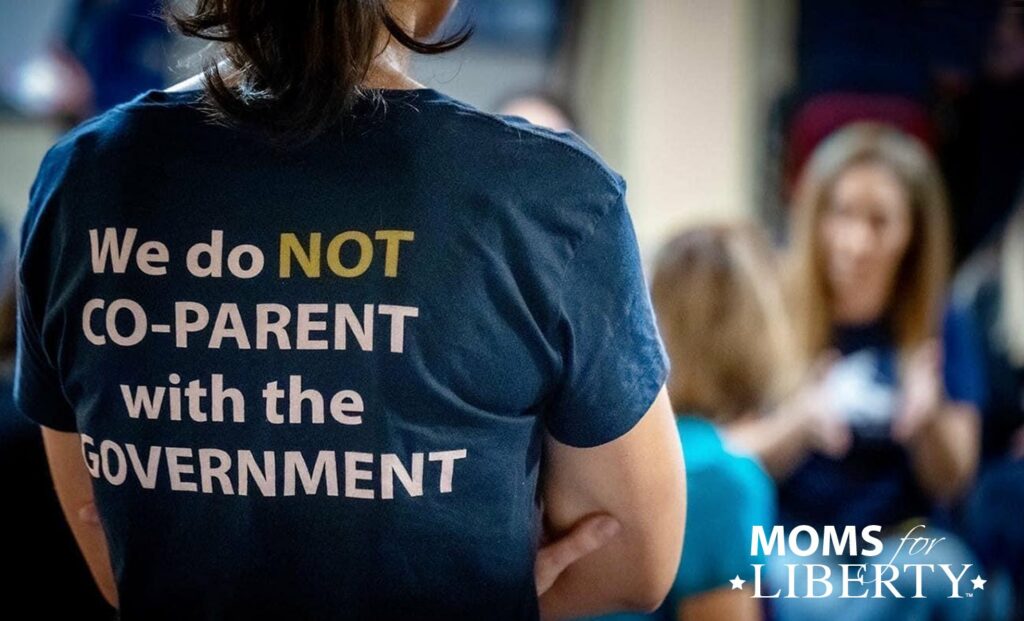Blog Post
These parents got elected to school board, fired the superintendent, and banned pornographic books–in under two hours
By Jonathon Van Maren
Despite midterm victories for parental rights advocates and a growing movement of angry parents pushing back, the National Education Association, the largest teachers’ union in the United States, is moving full speed ahead in its embrace of gender ideology. The NEA’s “Pronoun Guide” states explicitly that the union is working with the transgender movement:
Over the last few years, the transgender community has asked allies to help normalize offering pronouns during introductions, in education, and the workplace to indicate an understanding of trans identities and show that they are a safe person. As gender identity and gender expression do not always align, offering pronouns is a way to create a space where people do not need to rely on assumptions of others’ gender.
The NEA is determined to be one of these allies, and recommends “pronoun pins” that can be added to nametags and used to show solidarity. The rationale for this policy, according to the NEA, is that it is essential to the actual safety of transgender community:
Positive experiences of social gender affirmation are critical to the health and well-being of transgender and gender diverse people. Social interactions where a person is addressed by their correct name and pronouns, consistent with their gender identity, are widely recognized as a basic — yet critical — aspect of gender affirmation. Addressing someone by the wrong name or misgendering them through the use of incorrect pronouns can feel disrespectful, harmful, and even unsafe to the person being misgendered.
Misgendering results in marginalization and communicates that a person’s identity is not being seen or respected. So, practice using the pronouns a transgender or nonbinary person requests… yes, even plural ‘they’. It’s a show of respect.
The guide contains a handy grammar graphic that explains the usage of different pronouns, including “ze,” “zim,” “zir,” “zirs,” and “zirself,” which is, according the guide, pronounced like “they” and “them.” This alleged pronoun is flexible in function, generally used by those who wish to present as gender neutral but, according to a resource on pronoun usage, “could actually be a man, a woman, both, neither, or something else entirely” (the resource warns that “people’s genders tend to be private,” which I suspect may be a joke but I’m not entirely true).
READ THE REST OF THIS COLUMN HERE









I love it.